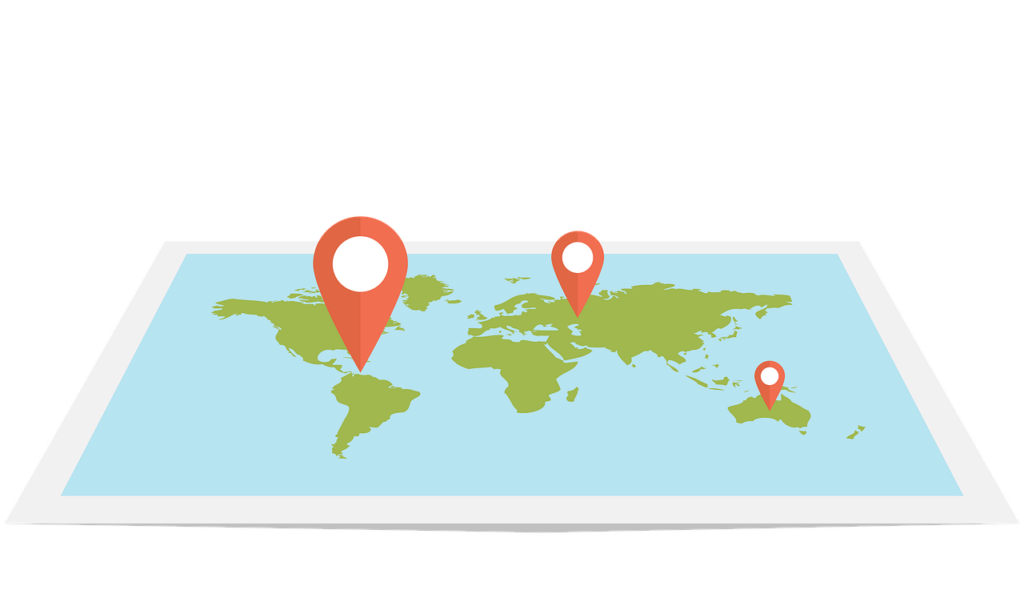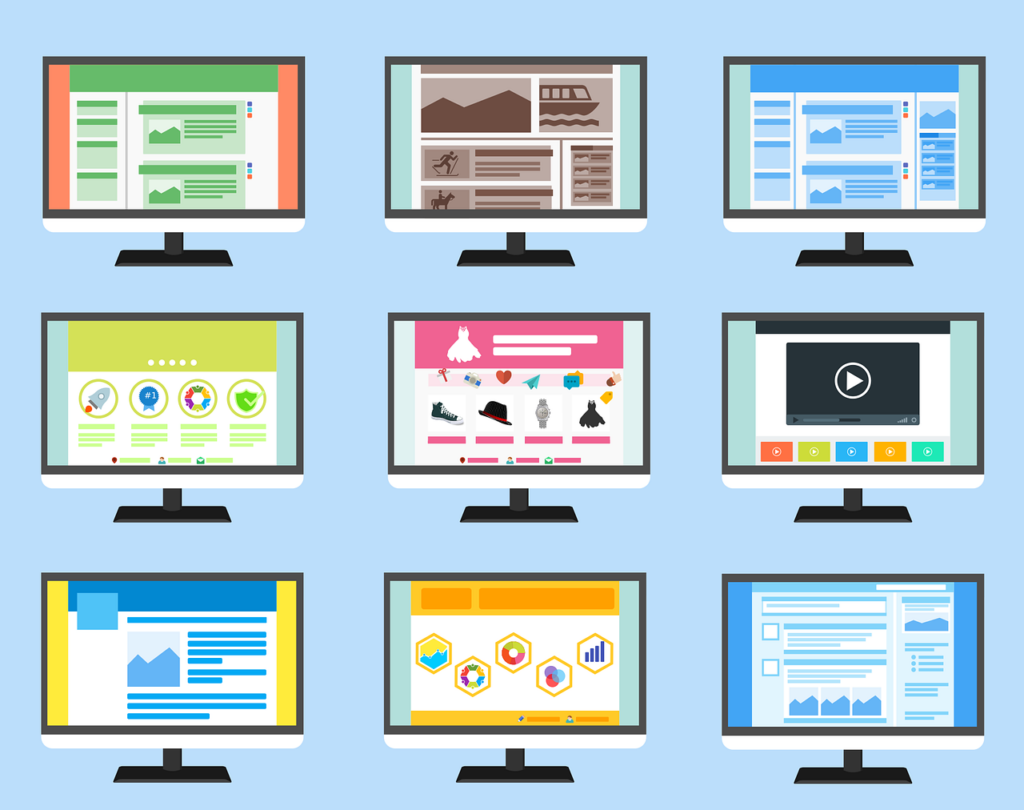Although translation is involved in localization, the main purpose of localization is to make a product feel as though it was designed specifically for a certain target market. All translations require precise work by specialized translators, but translations involving localization require greater understanding of cultural components and linguistic issues.
Other concerns, for example, will not necessarily be considered in the translation process when translating text from Japanese to English. Converting money from Yen to local currency, formatting addresses, and dates, and modifying the website’s style to cultural and technical preferences are only a few examples.
If you are new to localization, you might not be familiar with all of the phrases used in the field (the language services sector loves to complicate things).

What is Localization?
The customization of a product or service to match the demands of a certain language, culture, or desired population’s “look-and-feel” is known as localization. A successful localized service or product looks to have been produced within the context of the local culture.
Make sure you read this article on the definition of localization:
10 Most Important Concepts in Localization
Not every website has the same localization needs. In order to know which languages to localize your website into we need to understand the process in a detailed way. Let’s take at the most important common concepts involved in localization tasks so that we can help you answer the question:
1. Exact matches
Exact matches are TM proposals that match the text to be translated. These recommendations do not need to be altered and may be used as the final translation because they exactly match the original text.
2. Post-editing
Although the quality of machine translation is significantly inferior to that of human translators, post-editing employs both machine and human translators to improve the quality. To produce high-quality translations in a short amount of time, texts are machine translated and then corrected by skilled human translators.
3. Machine translation
Machine translation, often known as automated translation, is a translation provided by a computer without the assistance of a human. Because this form of translation is dependent on computer algorithms and the text is delivered without being read by a human, there are several worries regarding its quality.
4. Fuzzy matches
Fuzzy matches are rough matches that translation memory suggests. They are suitable for somewhere between 55 and 99 percent of texts. As a result, the final translation will require considerable editing.
5. Minimum viable localization
MVL is a low-cost method of testing certain markets that are commonly used in mobile app localization. It is a method of evaluating different countries and their possibilities for an app by localizing the app store description and metadata for various foreign markets without having to translate the app itself.
6. Continuous translation
Continuous translation (also known as continuous localization) is a procedure that enables human translation for streaming and often updated content 24 hours a day, 7 days a week. Traditional translation techniques are defeated because it seamlessly incorporates translation into an agile development process. Typical aspects of continuous translation include:
- Small volume of translation
- Projects occur frequently
- Rapid turnaround
- Translation cycles that are agile and quick
7. Translation memory
Translation memory is a database that saves previously translated text for reuse by translators. It may be a valuable tool for firms with a lot of repeating material to enhance speed, consistency, and cost-effectiveness.
8. Internationalization
Internationalization is the foundation for rapid software localization and translation. It’s the process of extracting all text from software or product and saving it to resource files, which are non-executable data files utilized by your apps like a picture, audio, and video files.
9. Resource file
Resource files are language files used to hold translations and source texts in applications and documents. To classify the file’s language, resource file names often include the language abbreviation or locale.
10. Locale
It is a set of parameters that defines a user’s language and nation or location, and it’s frequently used in localization. A locale is made up of a language identifier and a region identifier in translation and localization efforts.

6 Key Aspects to Consider while Localizing your Website
If you translate your website into a foreign language, you may be able to tap into a new market of customers who speak that language. This would also allow you to improve the experience of your current clients. Only 360 million people speak English as their first language, therefore the rest of the globe may prefer to browse the web in their native tongues.
Which languages, however, should you localize into? The following considerations will for sure influence your choice:
1. Targeted Markets
This will most likely be one of the most important considerations in deciding which languages to localize your website into. The first step is to figure out who your target markets are. Which nations have the most demand for your products, and are potential clients in those countries open to internet marketing? More broadly, you may look at which nations now have the highest purchasing power and the largest e-commerce marketplaces, as well as which countries are likely to witness significant increases in purchasing power or market size in the near future.
If your organization already has a business strategy in place to grow into particular foreign nations, you may start researching those countries’ cultural traditions. Consider if your business is equipped to provide customer service in the local language and export items to international locations.
Tariffs, internal taxes, and government regulations in the other nation are more factors to consider. The European legislation on Technology Transfer Agreements, for example, which regulate licensed technology for the manufacture of products or services, include specific limits on active sales but not on passive sales. In an active sale, the salesperson contacts individual consumers directly, whereas, in a passive sale, the salesperson reacts to unsolicited requests from individual clients, such as deliveries of goods or services to customers in other countries. Under this regime, Internet transactions are normally considered passive sales, but they might start to appear like active sales if the website’s language and design are customized to a certain consumer group.
2. Costs related to Localization
The cost of the actual translation is determined by a number of criteria, including the technicality of your material, the source and target languages, the word count, the number of skilled translators available, and the location of the translators. Because there is a big pool of competent translators accessible, common languages like English and Spanish tend to be the cheapest to translate. However, most African languages are expensive because there are so few people who speak them and even fewer who are skilled translators.
The location of the translators affects the translation cost since translators who work in areas with a high cost of living will normally charge more. Because of the high cost of living in certain nations, Norwegian, Swedish, Icelandic, Finnish, and Korean are among the most costly languages to translate so keep this in mind when you localize your website.
3. Benchmark Competitors
Examine your ‘rivals’ websites to see whether they have translated their web pages into additional languages. This may provide some insight into their business plans and help you figure out more languages in which you can localize your website. Then you can figure out how to compete successfully, whether it’s by translating your website into the same languages as your competitors or translating it into a different language to capture a larger percentage of the new target consumer base.
4. Website Redesign Capabilities
Localizing your website into multiple languages can have an impact on the whole design of your webpage, so make sure your organization has enough technical capacity or that you can outsource web design.
Because certain languages, such as Arabic and Hebrew, are written from left to right, you may need to alter elements of your website to accommodate the content. Furthermore, character-based languages such as Chinese, Japanese, and Korean use fewer characters and less space to communicate the same statement than Roman alphabet languages. The translated text may be substantially longer or shorter than the original depending on the source and target languages. For example, in English, this article about the evolution of languages by a Gengo translator has 501 words and 3,206 characters, but only 1,501 characters in Japanese.
Localization encompasses translation, communication style and culture, what sort of site design could appeal to your target market? It is crucial to strike a balance between localizing the visual design and your brand image. Mascot figures are a significant element of Japanese society, however, visitors from western nations sometimes find them overly distracting. Japanese web design is likewise far more crowded than Westerners are accustomed to. This is due to a risk-averse culture in which individuals like to have as much information about a product as possible before making a purchase choice.
5. Website traffic
For network monitoring, several website systems, such as WordPress, provide built-in analytics capabilities. You may utilize a third-party service like Google Statistics if your website platform does not include this feature or if you want more detailed analytics and performance metrics.
Information about your present audience, such as where they are situated and which languages they browse in (if your website has already been localized into many languages), may help you develop a company growth strategy.
6. Languages used
You might also think about the most popular languages on the Internet, however, this is unlikely to be the determining factor in which languages you localize your website into. The most common languages are English, German, Russian, Spanish, French, and Japanese. By translating your website into these often used languages, you may position your company as a worldwide and diversified brand, giving prospective clients a favorable first impression. At the same time, you may reduce the possibility of receiving negative feedback from customers who were upset that their language was not included.
Looking for localization experts? Do not hesitate to contact the professionals TranslateDay!



